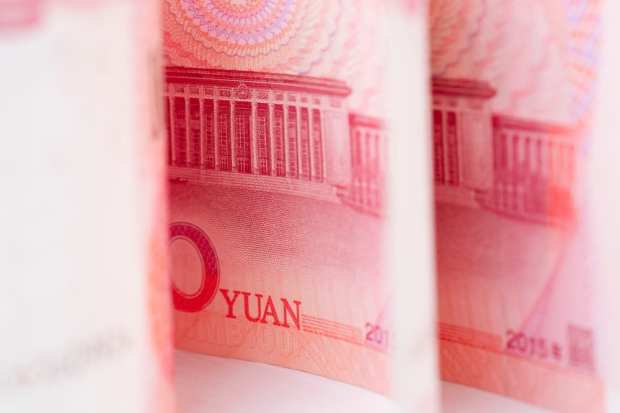China’s Dunxin Plans Mobile Trade Finance Solution

China-based micro lender Dunxin Financial Holdings this week announced its plans to roll out a mobile-based supply chain finance solution next month.
In a press release on Monday (April 22), Dunxin said it will release its first mobile app “HiTon” in May, using its existing supply chain finance platform to bridge B2B vendors to trade credit from logistics providers. The solution allows sellers to obtain capital on the same day of shipment to shorten accounts receivable days sales outstanding periods and to enhance cash flow.
Logistics companies can use the Dunxin platform to expand their own offering from a strictly logistics-only service to a “comprehensive service provider” for their vendor customers.
The supply chain finance platform deploys risk analytics as well as automated customer selection, fraud mitigation and credit scoring for users, the company noted.
“The release of the new mobile app and launch of our Supply Chain Finance Cloud Platform will showcase that the company has transformed from its traditional lending business into the O2O supply chain financial business that will serve as a new engine to drive future growth,” said Dunxin Chairman and CE Qizhi “Ricky” Wei in a statement. “Going forward, the company will make continuous efforts to develop a variety of supply chain financial products, helping meet the increasing demand from both individuals and SMEs by offering more customized services, and expanding our network presence in the regional market.”
Dunxin’s new trade finance platform adds to the growing population of FinTechs and alternative finance providers stepping into the market in an effort to address a $1.5 trillion gap in trade finance globally.
However, recent research published by BNY Mellon found that a significant portion of financial institutions say they have experienced or witnessed an acceleration in trade finance rejection rates in the last year, with many pointing to stringent compliance burdens as a top reason.
